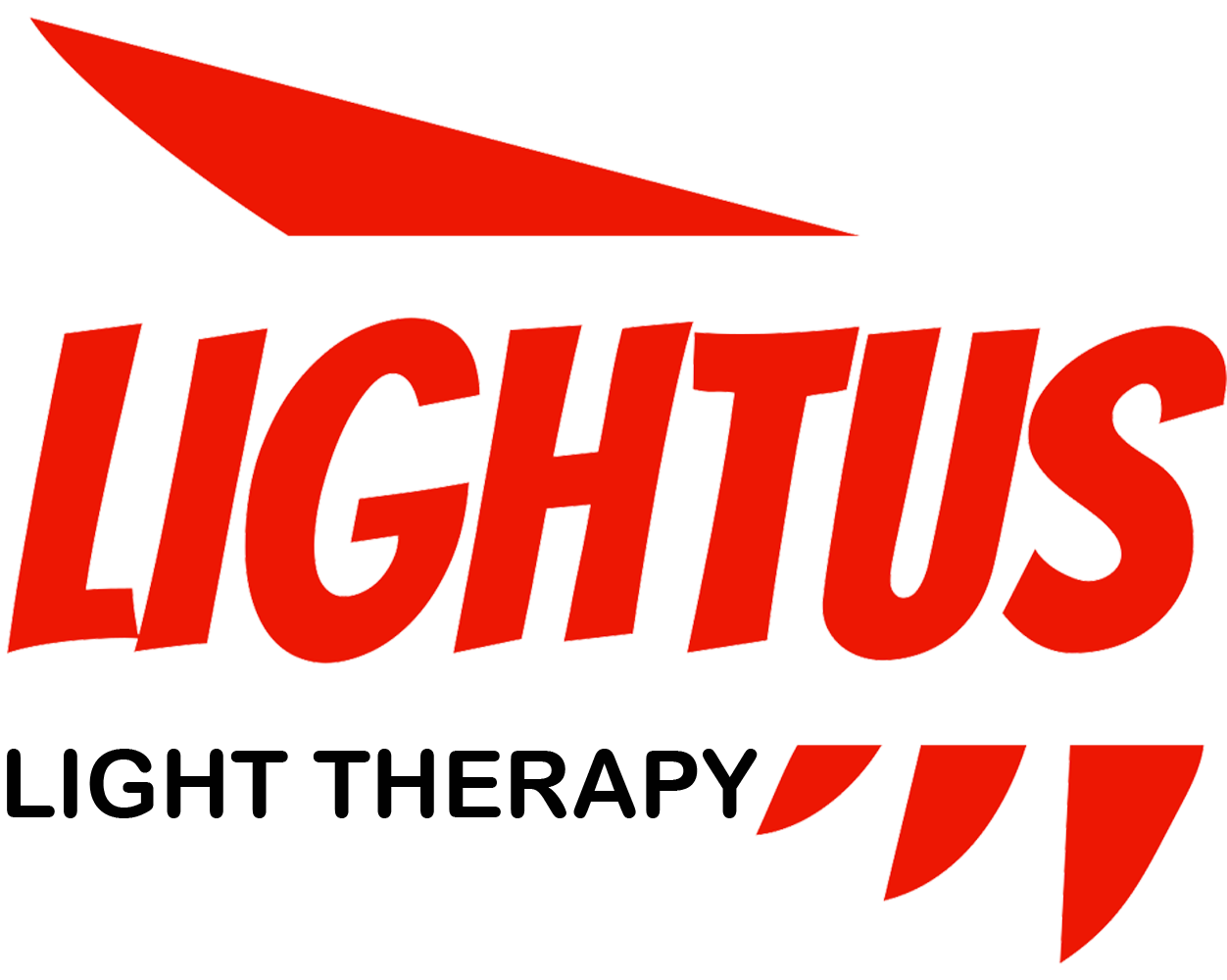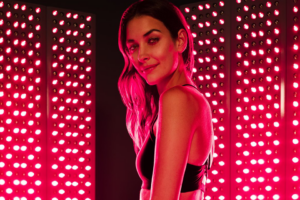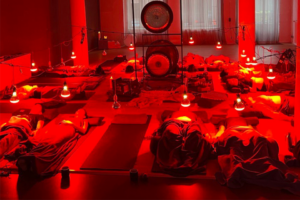Unveiling the Power of Red Light Therapy: A Comprehensive Guide to Its Benefits and Applications

Red light therapy has been gaining significant attention in recent years for its potential to improve various aspects of health and wellness. This article will delve into the science behind this innovative treatment, explore its numerous benefits, and provide insights on how to incorporate it into your daily routine. Whether you’re looking to enhance your skin health, reduce pain and inflammation, or boost your overall well-being, red light therapy may offer a promising solution. Read on to discover why this non-invasive, drug-free approach is worth considering for your health and beauty regimen.
Table of Contents
What Is Red Light Therapy and How Does It Work?
Red light therapy, also known as photobiomodulation or low-level laser therapy, is a treatment that uses low-wavelength red light to stimulate healing and regeneration within the body. This therapy typically employs light-emitting diodes (LEDs) or low-level lasers to deliver red and near-infrared light to the skin and underlying tissues.The fundamental principle behind red light therapy is that certain wavelengths of light can penetrate the skin and be absorbed by cells, particularly the mitochondria. This process is believed to enhance cellular energy production and stimulate various biological processes. The most commonly used wavelengths in red light therapy are:
- 630-660 nm (red light)
- 810-850 nm (near-infrared light)
These wavelengths have been shown to have the most significant impact on cellular function and tissue repair.
What Are the Key Benefits of Red Light Therapy?
Red light therapy offers a wide range of potential benefits, supported by a growing body of scientific research. Some of the most notable advantages include:
- Improved skin health and appearance
- Reduced inflammation and pain
- Enhanced wound healing
- Increased collagen production
- Stimulated hair growth
- Improved muscle recovery and performance
- Potential mood and cognitive benefits
It’s important to note that while many of these benefits are supported by scientific studies, more research is needed to fully understand the extent and long-term effects of red light therapy.
How Can Red Light Therapy Improve Skin Health?
One of the most well-documented benefits of red light therapy is its ability to improve skin health and appearance. Here’s how it works:
- Collagen production: Red light therapy stimulates fibroblasts, the cells responsible for producing collagen. This can help reduce the appearance of fine lines and wrinkles, improving skin elasticity and firmness.
- Inflammation reduction: The anti-inflammatory properties of red light can help calm skin conditions such as rosacea, eczema, and acne.
- Increased circulation: Red light therapy can enhance blood flow to the skin, promoting a healthy, radiant complexion.
- Photorejuvenation: Regular use of red light therapy may help reverse sun damage and age spots, leading to a more even skin tone.
Studies have shown that red light therapy can be particularly effective when combined with near-infrared light, as found in many professional-grade devices.
Can Red Light Therapy Help with Acne and Other Skin Conditions?
Yes, red light therapy has shown promising results in treating various skin conditions, including acne. Here’s how it can help:
- Acne treatment: Red light therapy can reduce inflammation and kill acne-causing bacteria. When combined with blue light therapy, it can be even more effective in treating acne.
- Psoriasis and eczema: The anti-inflammatory properties of red light may help alleviate symptoms of these chronic skin conditions.
- Rosacea: Red light therapy can help reduce redness and inflammation associated with rosacea.
- Wound healing: Studies have shown that red light therapy can accelerate wound healing by stimulating collagen production and increasing blood flow to the affected area.
It’s important to note that while red light therapy can be beneficial for many skin conditions, it should be used in conjunction with, not as a replacement for, traditional medical treatments. Always consult with a dermatologist before starting any new skin treatment regimen.

How Does Red Light Therapy Affect Pain and Inflammation?
One of the most exciting applications of red light therapy is its potential to reduce pain and inflammation. This makes it a promising treatment option for various conditions, including:
- Arthritis
- Muscle soreness and injuries
- Joint pain
- Neuropathy
- Tendinitis
Red light therapy works to reduce pain and inflammation through several mechanisms:
- Increased circulation: By stimulating blood flow, red light therapy can help deliver oxygen and nutrients to damaged tissues, promoting healing.
- Cellular energy production: The light stimulates mitochondria to produce more ATP (adenosine triphosphate), which can accelerate tissue repair.
- Modulation of inflammatory mediators: Red light therapy has been shown to reduce the production of pro-inflammatory cytokines while increasing anti-inflammatory mediators.
- Nerve function: Some studies suggest that red light therapy can help regenerate nerve fibers, potentially alleviating neuropathic pain.
Research indicates that targeted red light therapy devices, such as wraps or pads, can be particularly effective for localized pain relief.
What Role Does Red Light Therapy Play in Hair Growth?
Hair loss is a common concern for many people, and red light therapy has emerged as a promising non-invasive treatment option. Here’s how it may help:
- Stimulating hair follicles: Red light therapy can increase blood flow to the scalp, potentially stimulating dormant hair follicles.
- Extending the growth phase: The therapy may help prolong the anagen (growth) phase of the hair cycle.
- Increasing hair density and thickness: Some studies have shown improvements in both hair density and thickness with regular use of red light therapy.
While more research is needed, early results are encouraging. Red light therapy devices designed specifically for hair growth are now available for at-home use, making this treatment more accessible than ever.
How Can Red Light Therapy Enhance Athletic Performance and Recovery?
Athletes and fitness enthusiasts are increasingly turning to red light therapy to improve their performance and recovery. Here’s how it can help:
- Muscle recovery: Red light therapy can reduce muscle soreness and accelerate recovery after intense workouts.
- Increased endurance: Some studies suggest that pre-exercise red light therapy can improve endurance and delay muscle fatigue.
- Injury prevention and healing: By reducing inflammation and promoting tissue repair, red light therapy may help prevent injuries and speed up healing when they do occur.
- Improved sleep quality: Better sleep can lead to improved athletic performance, and red light therapy has been shown to have positive effects on sleep patterns.
Many professional athletes and sports teams now incorporate red light therapy into their training and recovery routines.
Are There Any Potential Side Effects or Risks Associated with Red Light Therapy?
Red light therapy is generally considered safe with few reported side effects. However, as with any treatment, there are some potential risks to be aware of:
- Eye strain: Direct exposure to bright light can cause temporary eye discomfort. It’s recommended to wear protective goggles during treatment.
- Skin irritation: Some people may experience mild redness or warmth in the treated area, which typically subsides quickly.
- Headaches: In rare cases, people have reported headaches after treatment, particularly when using devices with a strong light intensity.
- Photosensitivity: Certain medications can make your skin more sensitive to light. Always consult with a healthcare provider if you’re taking any medications before starting red light therapy.
It’s important to follow the manufacturer’s instructions and recommended treatment times when using red light therapy devices to minimize any potential risks.
How Can You Incorporate Red Light Therapy into Your Daily Routine?
With the increasing availability of at-home red light therapy devices, it’s easier than ever to incorporate this treatment into your daily routine. Here are some tips:
- Choose the right device: Select a device that suits your needs, whether it’s a full-body panel, a handheld device, or a targeted treatment tool like a red light therapy belt.
- Consistency is key: For best results, use your device regularly as recommended by the manufacturer or your healthcare provider.
- Timing matters: Many people find that using red light therapy in the morning helps energize them for the day, while evening use can promote relaxation and better sleep.
- Combine with other treatments: Red light therapy can complement other skincare treatments or pain management techniques for enhanced results.
- Be patient: While some effects may be noticeable immediately, many benefits of red light therapy develop over time with consistent use.
Remember to consult with a healthcare professional before starting any new treatment regimen, especially if you have any pre-existing health conditions.
What Does the Future Hold for Red Light Therapy Research and Applications?
The field of red light therapy is rapidly evolving, with ongoing research exploring new applications and refining existing treatments. Some exciting areas of study include:
- Cancer treatment: While still in early stages, some researchers are investigating the potential of red light therapy to enhance the effectiveness of certain cancer treatments.
- Brain health: Studies are exploring the use of transcranial red light therapy for conditions like traumatic brain injury, stroke recovery, and neurodegenerative diseases.
- Mental health: Preliminary research suggests that red light therapy may have positive effects on mood disorders and cognitive function.
- Metabolic health: Some studies are investigating the potential of red light therapy to influence metabolism and aid in weight management.
As research continues, we can expect to see more targeted and effective red light therapy treatments developed for a wide range of health and wellness applications.
Key Takeaways: The Power of Red Light Therapy
To summarize, here are the most important points to remember about red light therapy:
- Red light therapy uses specific wavelengths of light to stimulate cellular function and promote healing.
- It offers a wide range of potential benefits, including improved skin health, reduced pain and inflammation, enhanced wound healing, and stimulated hair growth.
- Red light therapy is generally safe with few side effects, making it an attractive option for those seeking non-invasive treatments.
- At-home devices make red light therapy more accessible than ever, but consistency is key for optimal results.
- Ongoing research continues to explore new applications and refine existing treatments, promising an exciting future for this innovative therapy.
As with any health treatment, it’s essential to approach red light therapy with realistic expectations and to consult with healthcare professionals when appropriate. By understanding its potential benefits and limitations, you can make informed decisions about incorporating red light therapy into your health and wellness routine.
A typical red light therapy device used for full-body treatment






